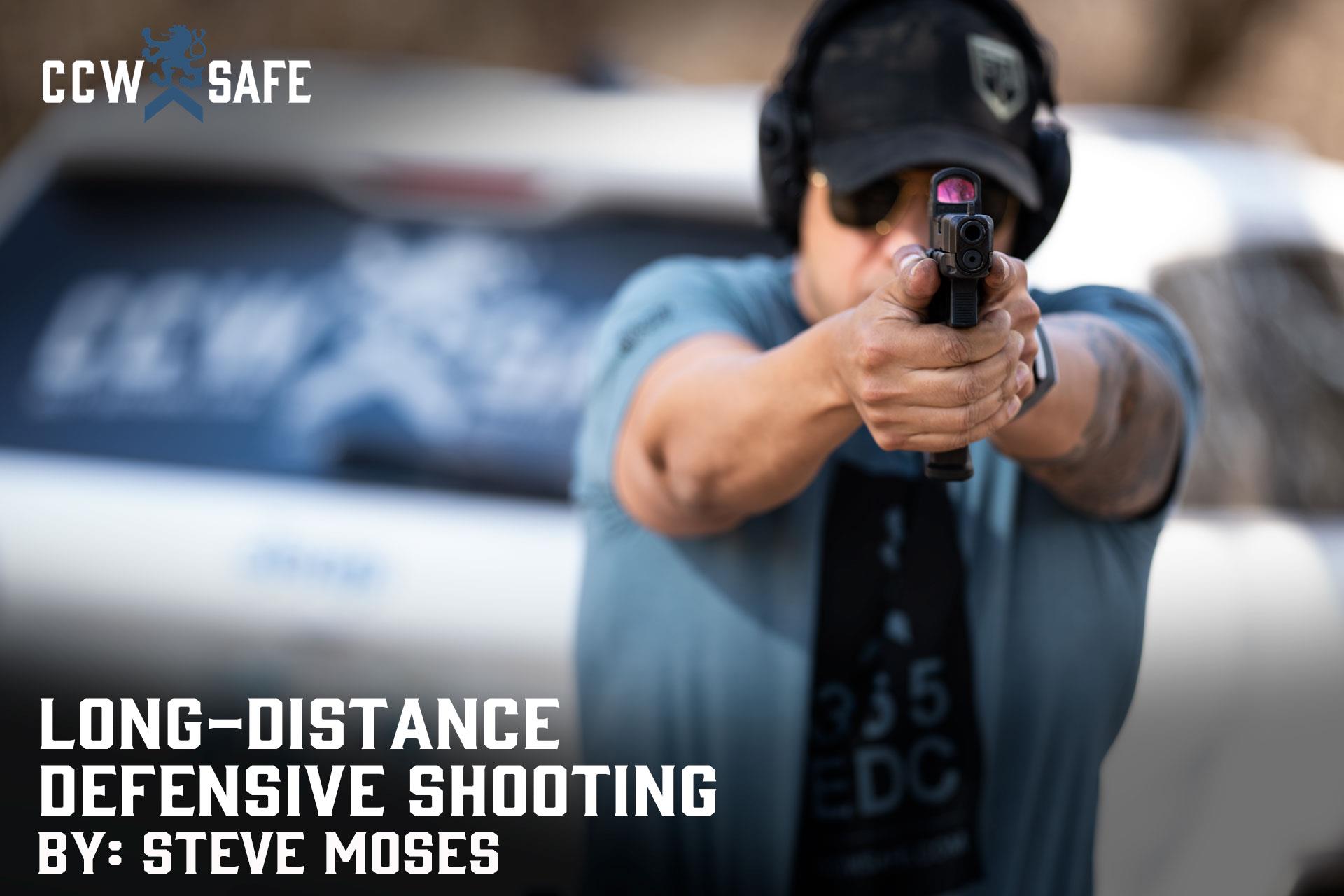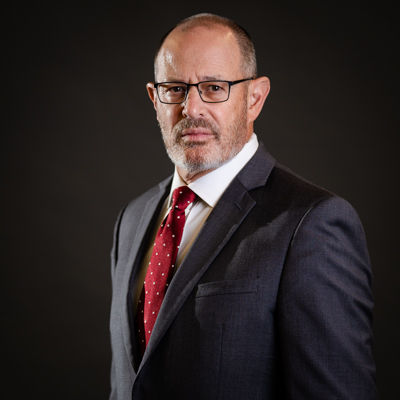
Posted on March 29, 2021
LONG-DISTANCE DEFENSIVE SHOOTING
LONG-DISTANCE DEFENSIVE SHOOTING
Many of us operate under the assumption that the farther we are from a violent criminal actor who is attempting to shoot us with a handgun the safer we are. After all, we have been told that we are trained shooters, and that our attacker is probably not. That means that the odds are that we will not get shot before we can use our superior skills while he or she is completely depending upon sheer luck, correct? Unfortunately, this logic may not hold up under further scrutiny.
Former lawman and CCW Safe member Dave Spaulding spent five years as the commander of a multi-jurisdictional drug task force that worked major narcotics cases from Seattle to Miami. During his lengthy career as a law enforcement officer he also worked in patrol, operations, and undercover investigations. He is an outstanding shooter and a graduate of many of the major shooting schools. I have taken several courses from Dave, and he is one of my favorite instructors.
One of the principles Dave emphasized in the Adaptive Combat Pistol course that I attended was the importance of being able to deal with an armed attacker at longer distances (25 yards in this class) who was actively shooting at you in a situation in which you had no other options than to plant your feet, return fire, and stop the threat before he or she stopped you. Spaulding believes that many concealed carriers believe that the average armed attacker is more than likely a mediocre shooter at best that will have trouble hitting targets at longer distances. Therefore, a concealed carrier or law enforcement officer who already possesses good marksmanship skills should have a significant advantage over his or her attacker at those distances.
The fly in the ointment (or major problem) is we are criminally, civilly, and morally liable for every shot we launch during a life-and-death battle. Any misses that might injure or kill another person must be avoided at all costs. Most violent criminal offenders do not share the same concern. Many criminals can fire as many as ten rounds in less than five seconds if they have no concern about who gets hit. If I need three or more seconds to draw and make a good center mass hit shot at 25 yards there is a good chance that I may have gotten hit by one of the three to four shots sent in my direction before I got my first shot off.
Dave had us shoot at 25 yards at close to the same speed as we do at some of the shorter distances. We shot a drill that required us to draw from concealment and fire five rounds in five seconds or less at 25 yards. He said that he learned this drill from Frank Proctor, another excellent instructor. Our target was an anatomically correct image superimposed over a standard USPSA target. I shot this drill twice, and both times at least three rounds landed in the desired impact area with the remaining rounds in close proximity. In both instances, my “misses” were solid hits on the torso.
Although most lethal force confrontations in which concealed carriers are involved in take place at significantly shorter distances, there appears to be no good reason for me to not practice this drill during every range session. Not only have I gotten better at shooting at longer distance, but I have found that I am even more accurate and quicker at shorter ranges.
I recently saw a meme in which the punchline was that the average male was approximately 4000% less effective in a fight than he thought he was. That is not exactly an uplifting thought. The reason that I mention it now is that I am often surprised at the confidence displayed by persons who assert that they will always be able to perform under high stress at the same level they performed at during their best day on the range. We need to remember that in the real world that the only variable under any degree of control is what we think and do. We are not able to control what actions and movements that our attacker might take, and we are not able to control what might be taking place to the front, side, and rear of our attacker.
My take is this. Develop the skills described above and understand that if we need them someday it may be during an event that is fluid. We now know that we may be in more danger if an armed attacker is engaging us at longer distances than we may have originally believed and that the ability to draw quickly and shoot accurately at distance is a plus.
 |
Steve MosesSteve Moses has been a defensive firearms trainer for over 26 years and is a licensed Texas Personal Protection Officer with 7 years of experience performing as shift lead on a church security detail for a D/FW area metro-church. Steve is a co-owner and Director of Training for Palisade Training Group, LLC based in Dallas, Texas. Moses is a retired deputy constable and spent over 10 years on a multi-precinct Special Response Team. He owns multiple instructor certifications, including Rangemaster Advanced Handgun Instructor and Defensive Shotgun Instructor, Red Zone Knife Defense Instructor and Adaptive Striking Foundations Instructor, Modern Samurai Project Red Dot Sight Instructor, and State of Texas Personal Protection Officer Instructor. Steve holds a BJJ Brown Belt in Relson Gracie Jiu Jitsu. He is a content contributor for CCW Safe and writes weekly articles on various subjects of interest to concealed carriers. Moses shoots competitively and holds an IDPA Expert rating. Steve is an annual presenter at the Rangemaster Tactical Conference. |